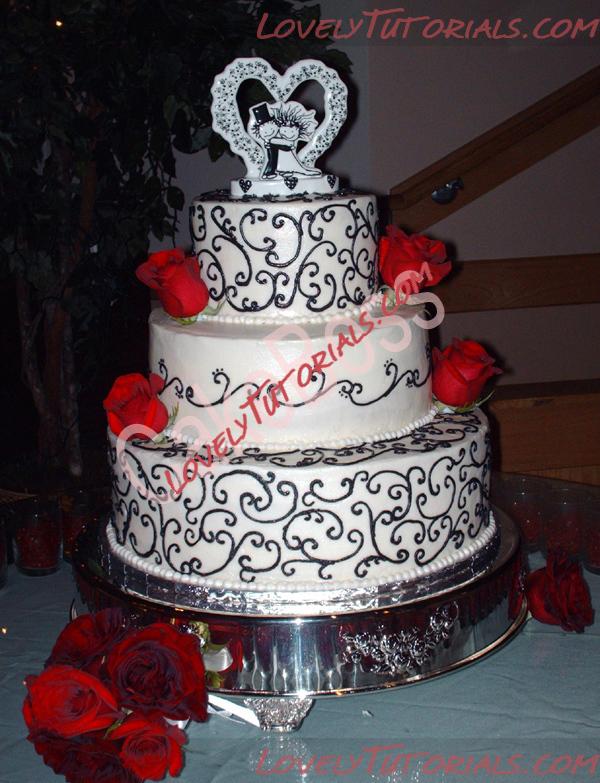Огромная благодарность Cake Boss за Мастер-класс
The main causes of bulging cakes I have found are:
- Unlevel or domed cakes
- Not letting the cake rest long enough
- Too much filling
- Under-dowelling
To avoid these pitfalls, follow these instructions:
1. I like to fill my pan about 2/3 full. The goal is to get the cake to rise OVER the top of the cake pan.

2. When the cake is done baking, cool for about 10 minutes in the pan. After 10 minutes, take a long serrated knife or cake leveler, and, using the top of the pan as a guide, level off the excess amount on top.
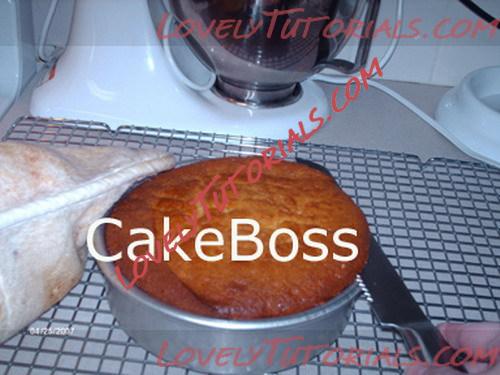
3. When you've cut off the top, you will have a perfectly level cake. Feed the "muffin top" to your family or make
cake balls! It does take a little extra batter for this method, but the results are well worth it for wedding cakes, or other cakes where the LOOK of the cake is extremely important.
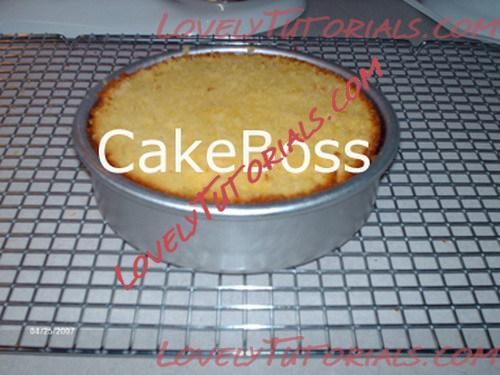
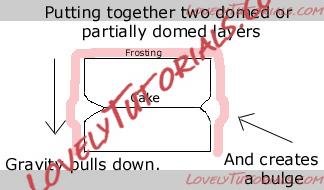
This diagram shows how putting together domed layers causes a bulge in the frosting.
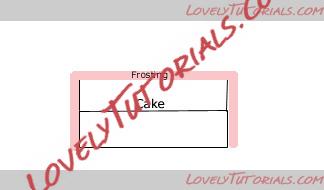
This is what we are trying to achieve in this tutorial.
4. Turn the cake out onto a cooling rack and cool completely. At this point I like to wrap and freeze my cakes.
5. If you are filling your cake, use a #12 tip to draw a line of frosting around the torted area to be filled, about 1/4 - 1/2" in from the outside edge of the cake.
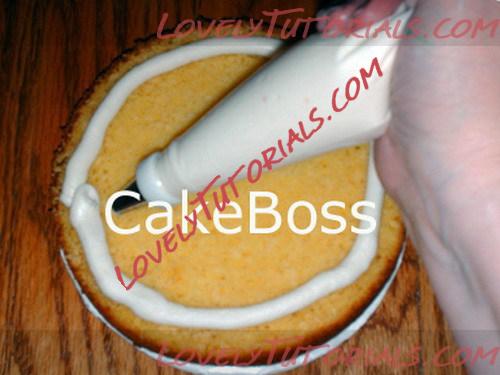
6. Spoon in your filling, pushing it with a spoon to the edge of the ring of frosting. Be very careful not to use too much filling. Use just enough to cover the cake.

7. Repeat with all torted layers.
8. When the cake is filled and assembled, use your #12 tip again to go around the outside and fill frosting into the small gap left in between the layers.
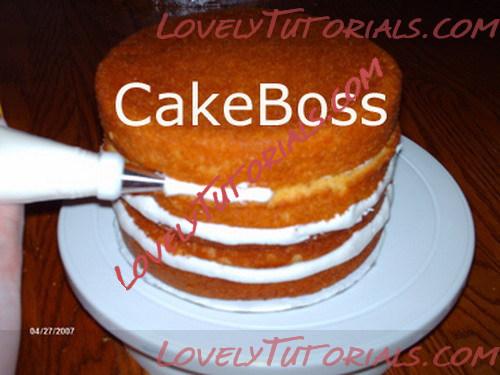
9. Crumb coat.
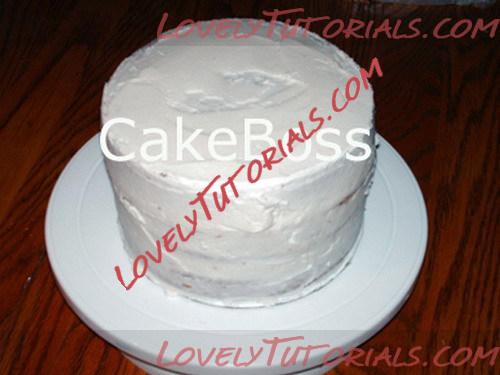
10. If you are in a hurry, or your filling is perishable, place in the refrigerator for at least 20-30 minutes (or wrap and leave overnight). If the filling is not perishable, leave the cake on the counter for several hours so it can settle. The longer you leave your cake to rest, the more settling it will accomplish. Many cake artists leave their cakes to settle overnight before proceeding with the final coat of buttercream or covering with fondant.
If you don't have a lot of time to let the cake settle, you can accelerate the settling process by placing a heavy object on top of the wrapped cake, such as a book or ceramic tile. A ceramic tile (about the same size as the diameter of your cake) will settle the cake in about 2 hours.
* Note, if you refrigerate the cake for more than 30 minutes, let it sit at room temperature for a few minutes before proceeding to the next step. The air inside very cold cakes will start to expand when it heats up and if it is trapped, may start to create air pockets in the frosting.
11. Frost as usual. I like to use the big icer tip for getting a quick, thick layer of frosting on the cake.
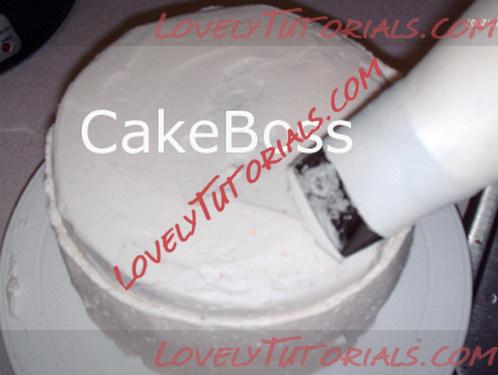
12. I use a
cake decorator's comb
run under hot water for a smooth cake.
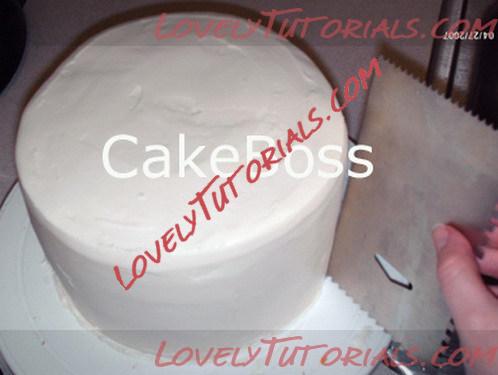
As long as you have not used too much filling, you should have a bulge-free cake! If this is a stacked cake, cut your dowels exactly to the height of the cake, not lower! If you cut them lower than the height of the cake, the weight of the higher tiers can press down into the cake and cause a bulge.
This is a cake done using this method. Each tier is torted with 3 layers of filling. It is a 15", 11", and 7".
